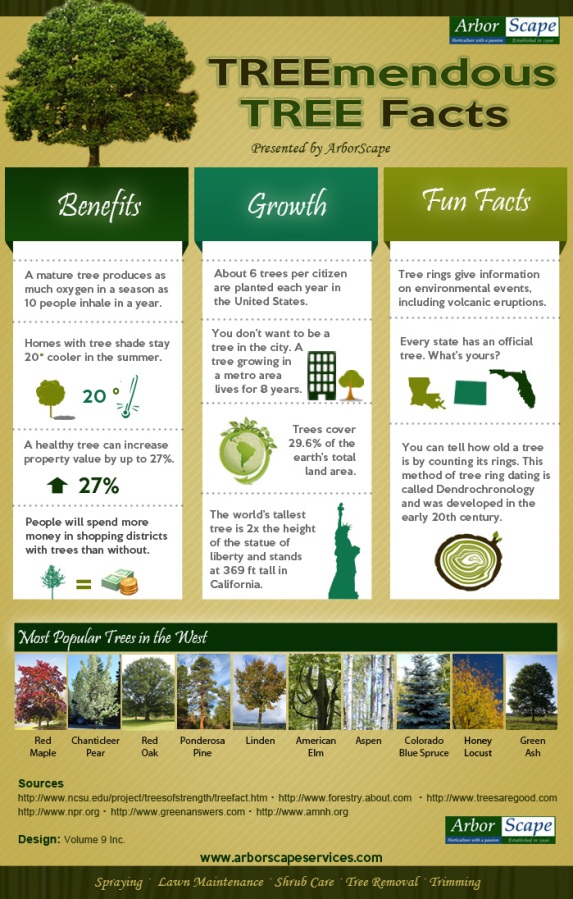Evaluating Tree Wellness: Standards For Deciding On Tree Removal
Evaluating Tree Wellness: Standards For Deciding On Tree Removal
Blog Article
Material By-Blom Mcintosh
If you've ever questioned the fate of the trees on your building, recognizing when it's time for removal is critical. But exactly how do you identify if a tree can be conserved or if elimination is the only choice? By searching for details signs and evaluating security threats, you can make educated choices that benefit both your landscape and your surroundings. Let's check out the crucial elements that come into play when determining the fate of a tree and just how you can ensure the very best end result for your eco-friendly friends.
Indicators of Tree Decrease
If you discover any of the complying with signs of tree decrease in your yard, it might be time to think about tree removal.
One usual indicator is dead or worn out branches, which can show underlying issues affecting the tree's health. Look out for blemished or shrivelled leaves that persist even with correct care, as this could be an indication of disease or pests.
Another warning signal is extreme leaning or a recognizable change in the tree's base, which might suggest root problems or architectural instability. Keep an eye out for fungal growth on the trunk or roots, as this can show rot and endanger the tree's security.
Additionally, if please click the next webpage observe large fractures in the trunk or significant limbs, it's important to resolve these issues quickly to stop prospective dangers. Attending to these indications of tree decline quickly can assist maintain the safety and security and aesthetics of your backyard setting.
Safety and security Problems
To make certain the well-being of your residential property and those around you, focusing on security problems related to trees is paramount. Trees can posture different safety and security threats if not properly maintained. Dead or worn out branches may fall unexpectedly, jeopardizing people or harmful frameworks.
Leaning trees can also be unsafe, particularly if they're leaning in the direction of a structure or high-voltage line. In addition, trees with considerable origin systems near structures or below ground energies can cause significant damages over time.
It's essential to frequently check your trees for any kind of signs of potential danger. Keep an eye out for splits in the trunk, big dental caries, or signs of illness and degeneration. If you observe any one of these issues, it's best to consult with a professional arborist to evaluate the circumstance and figure out the necessary strategy.
Taking proactive steps to deal with safety concerns immediately can prevent mishaps and home damages in the future. Remember, the safety and security of your property and those around you ought to constantly be the top priority when it involves tree maintenance.
Consulting an Arborist
When thinking about the health and safety of your trees, getting in touch with an arborist is a crucial action. Arborists are educated experts that specialize in the treatment and maintenance of trees. They can analyze the total health of your trees, determine any concerns such as illness or architectural problems, and provide experienced referrals on the most effective strategy.
By speaking with an arborist, you can get valuable insights right into the problem of your trees and figure out whether removal is required. Arborists have the knowledge and experience to review the threats associated with maintaining a tree versus removing it. They can additionally supply guidance on alternative options, such as trimming, cabling, or supporting, to aid preserve the tree whenever feasible.
In addition, arborists can help you navigate any regional guidelines or allows that may be needed for tree elimination. Their proficiency can guarantee that the process is accomplished securely and in compliance with any type of appropriate regulations.
Verdict
In conclusion, when identifying whether trees can be saved or if removal is required, it is very important to take into consideration indicators of decline and safety concerns. Consulting an arborist for a thorough assessment is crucial in making the best decision for the tree's health and wellness and prospective risks. Keep in mind, proactive care and prompt action can help protect trees and protect against accidents.
